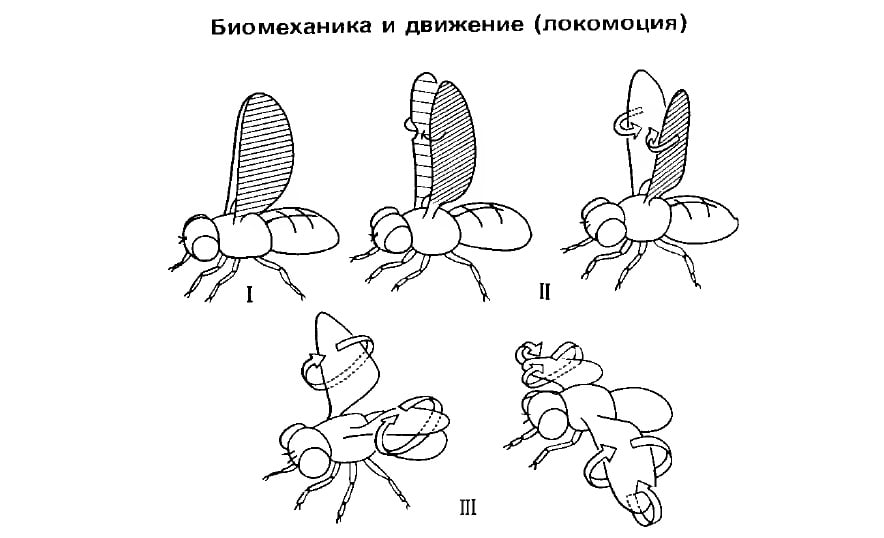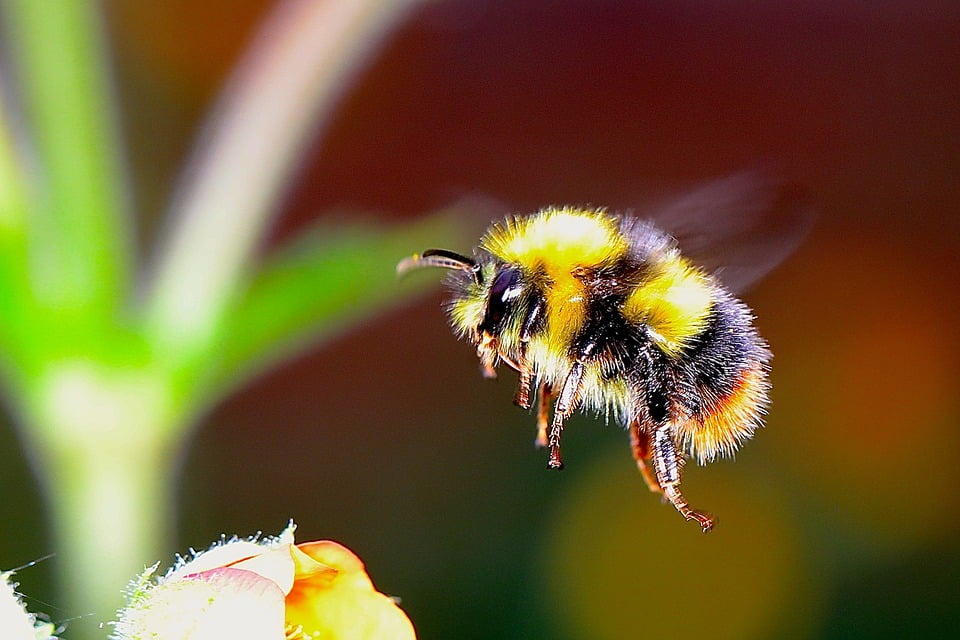There is a myth about how scientists allegedly came to the conclusion that bumblebees should not fly, since it contradicts the laws of physics. We decided to check if this is true.
“According to the laws of physics, a bumblebee should not fly, but it doesn’t know about it and therefore flies” - this is a common joke that is very popular on the Internet. It appears in collections quotes, posts in Twitter And Instagram and even in advertising one audit firm! The question of whether this is true is often asked on services questions and answers. The meme about a bumblebee that shouldn't fly has gained so much popularity on the Internet that it even found its way onto "Lurkmor." Mikhail Weller also mentioned this in his book “The Knife of Seryozha Dovlatov.” By the way, bees, the closest relatives of bumblebees, are accused of the same thing, and the creators of the cartoon "Bee Movie: The Honey Conspiracy" They even included this phrase in the epigraph.
In 1934, the French zoologist and part-time aircraft engineer Antoine Magnan wrote a book "Flight of Insects", in which he argued that according to the laws of aerodynamics, bumblebees should not fly. He relied on calculations made by his assistant, mathematician Andre Saint-Lag. Magnan wrote: “I applied the laws of air resistance to insects and came, together with Monsieur Sainte-Lag, to the conclusion that their flight is impossible.” Scientists believed that the size of the wings of bumblebees (Magnan “forbade” not only them, but also some other insects from flying) was too small to lift a body of that size into the air. But bumblebees and bees collect pollen, which makes their weight even greater.
It’s hard to argue with mathematics, and yet bumblebees flew before the publication of Magnan’s book and continued after. Does their existence really violate the laws of physics? Actually, of course not. Many entomological scientists have repeatedly refuted Magnan’s statement. Were his calculations wrong? No, they were made correctly, but, being also aircraft engineers, scientists assumed that insect wings move according to the same principle as airplane wings. And if this were so, bumblebees, bees and some other insects could really only crawl.
But one should not judge Magnan harshly for this delusion. Bumblebees make from 150 to 300 wing beats per minute, and it is really difficult to follow this process with the naked eye. Modern technologies have allowed scientists to more accurately study the flight of insects. Thus, Cornell University physicist Zheng Jane Wang provedthat bumblebees do not violate any principles of aerodynamics. To do this, she needed to spend several hundred hours on a supercomputer that performed modeling and calculations. Of course, such instruments did not yet exist in the 30s of the 20th century.
So how do bumblebees fly? They don’t just flap their wings up and down (this, by the way, can be seen in the video above), but make complex movements, creating vortex air currents around them, which keep them in flight. In the book “Invertebrates. New generalized approach" Robert Barnes, Peter Keilou and several other zoological scientists describe this process as follows: “When the wings of an insect close and then separate, their leading, more rigid edges separate first and the air rushes into the low pressure area that arises between the wings. Work is expended on accelerating the mass of air swirling around the wing, and the counterforce includes both lift and thrust components. As soon as the air movement reaches maximum speed, the wings cease to perform useful work until the vortex is “shed”, which will happen when the wing changes direction of movement at its lowest point.”

Biologist Michael Dickinson from the University of Washington and his colleagues from the California Institute of Technology used high-speed photography technology to study the flight of bumblebees, bees and other insects. They found out, that the whole secret lies in an unconventional combination of short, choppy wing beats, rapid rotation of the wing as it flips and changes direction, and a very high frequency of wing beats. But even now, almost 90 years after Magnan’s research, the flight of bumblebees, bees and other similar insects is not fully understood. Physicists and zoologists continue to study them, changing external environmental conditions, as they did scientists Stanford University. They noticed that depending on the density of the air, the movements of the insects' wings change.
Thus, the mechanics of bumblebee flight are quite complex and, most importantly, far from the principles of airplane flight that Magnan took as a basis. This means that the fact that bumblebees can fly does not contradict the laws of physics and aerodynamics, but only the model that scientists used to study the mechanics of bumblebee flight in the 1930s.
Misconception
Read on the topic:
If you find a spelling or grammatical error, please let us know by highlighting the error text and clicking Ctrl+Enter.






